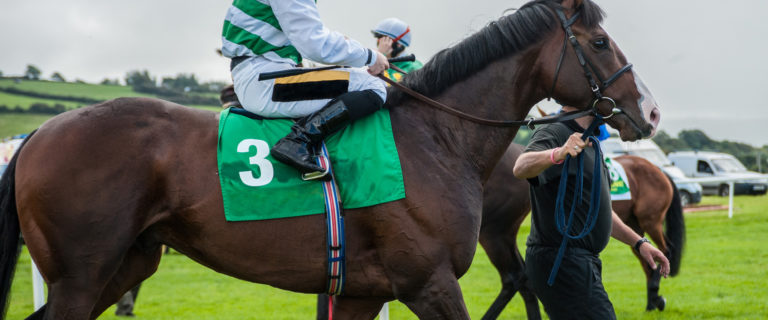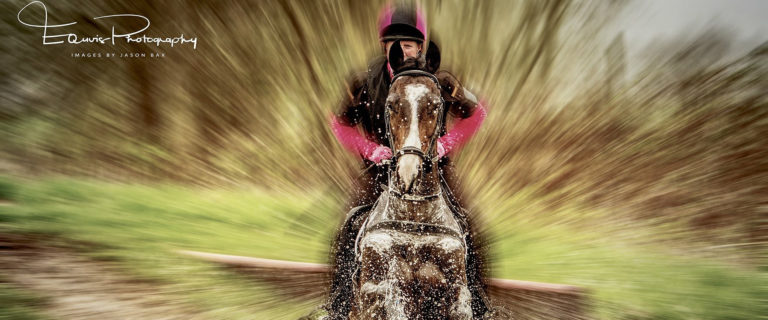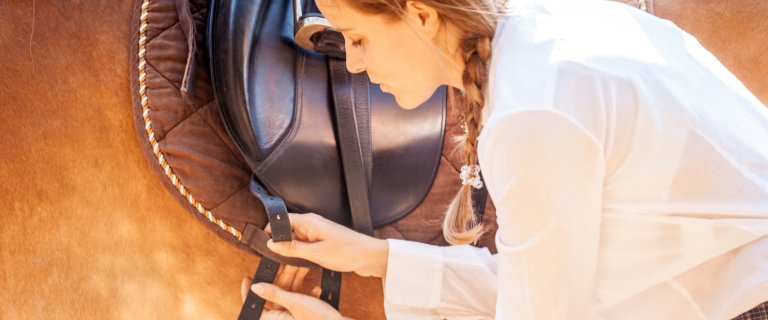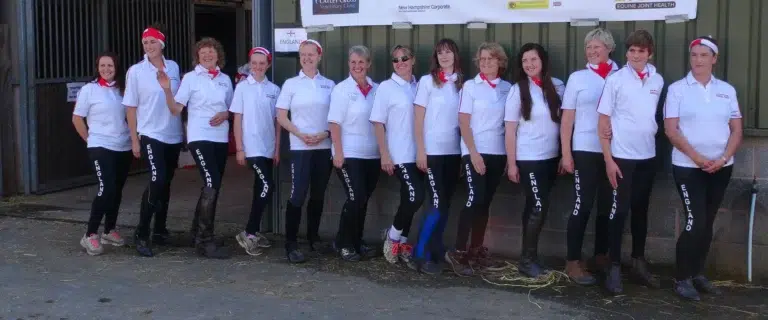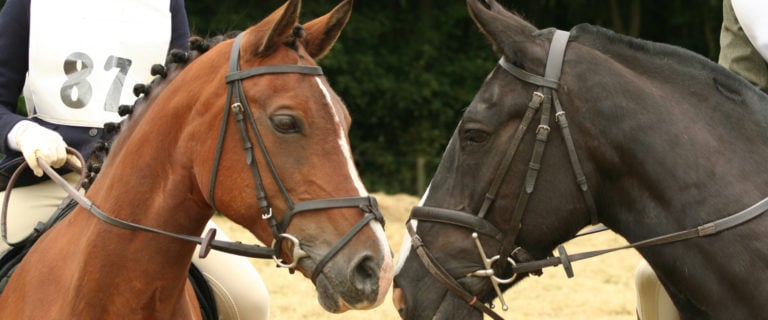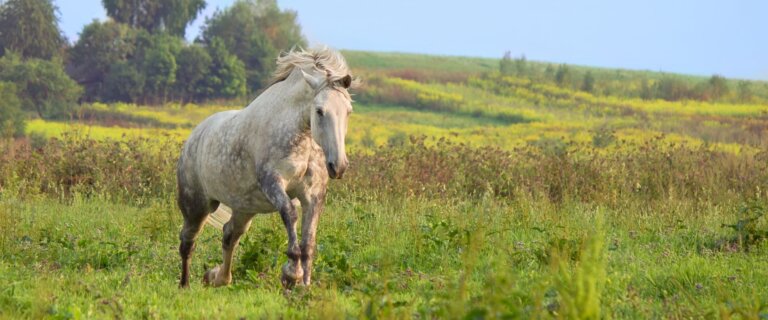Masterclass In Shoulder-In With Sarah Rogers
Shoulder-in is a fantastic exercise to incorporate into your everyday schooling. It supples, straightens and is a super exercise for collecting work. In this feature, International Dressage Rider, Sarah Rogers shares her top tips for riding the perfect shoulder-in. Masterclass In Shoulder-In With Sarah Rogers was published in print by Horse & Rider.

Before riding any lateral work, I like to give my horses a good warm-up: At least 10 minutes of walk work then warming up in trot and canter, on both reins and then focusing on incorporating transitions both within the pace and direct transitions with changes of rein to really get the horse listening to my seat and aids.
When you are teaching a horse any lateral work, aim for a few steps at a time, rather than attempting the entire length of the school. Riding a few correct steps without the horse falling in and then riding forward in a straight line is better than the horse losing his balance and falling in.

You can ride shoulder-in both in the walk and trot, and I like to start teaching the babies in the walk before moving up into trot. A correct shoulder-in means the correct positioning of the shoulder: Be careful not to use too much inside leg, as this will only push the horse’s quarters to the outside and will turn this exercise into leg yield, not shoulder-in.
I always teach the horse along the fence line to give them a little help, but shoulder-in can be ridden on another line, such as three-quarter or centreline, but this is harder to ride correctly, so best left until the horse understands the movement correctly.

To prepare for shoulder-in, ride in a straight line and start to incorporate some 15-metre circles on the line, reducing them down to 10 metres. This will get the horse flexing around your inside leg and off your seat aids. As you come around the corner, think about the bend. However, instead of riding a circle, keep the three-track position and ride down the long side in this position. Your body needs to be positioned slightly as if turning but your aids ask the horse to move forward on the line. Your shoulders should be parallel to your horse’s shoulders.
You don’t want to over flex your horse to the inside, but there should be some neck bend. Too much neck bend to the inside and the horse will start to fall in through the shoulder.

When you are riding this exercise, maintain the rhythm and quality of step. If your horse gets stuck or becomes stuffy, put him back onto a straight line and ride him forward then attempt it again. When riding this movement in trot, the pace should always be collected.
You should be able to see your horses’ inside eye, but the neck bend is very subtle and too much neck bend can also lead to loss of control of your horse’s shoulder.
Ensure that you ride this exercise on both reins but remember, just like us, they may be stronger or more supple on one side of their body than the other.
Common issues that arise when attempting this exercise are:
• The rider pulling the horse’s head to the inside when the shoulders still remain on the track.
• Too much neck bend.
• The horse’s quarters swinging out as this isn’t a correct shoulder-in.
• Rider not turning their own body to follow the horse’s shoulders or blocking the movement due to stiffness.
• Lack of impulsion and rhythm.
• Horse’s head tilted.
Remember this is a gymnastic exercise, so gradually start to incorporate it into your schooling and ensure you warm-up and cool your horse down correctly.

About Sarah Rogers:
Sarah is a British dressage rider who rides and competes for the Bechtolsheimer family. Previously, Sarah was based in Germany for five years, where she trained and competed for Klaus Balkenhol. Working with Klaus and Annabel Balkenhol (Klaus’s daughter) Sarah broke and produced numerous young horses, as well as training the more advanced horses and competing up to Grand Prix. Sarah also spent three years in Paris competing for International Dressage Judge Marietta Almasy where she had a lot of success also.
Sarah is sponsored by Aloeride www.aloeride.com, a pure organic aloe-vera supplement harnessing the power of nature to support healthy hooves, digestion, coat and skin. Feel free to forward Masterclass In Shoulder-In With Sarah Rogers to your friends.
About Viva Lotta
Viva Lotta, 8yr old homebred mare by Vivaldi owned by Dr Bechtolsheimer and Mrs Bechtolsheimer. Viva was competing at Advanced Medium at the time of this shoot, but also training towards PSG and showing a lot of potential for piaffe and passage.



